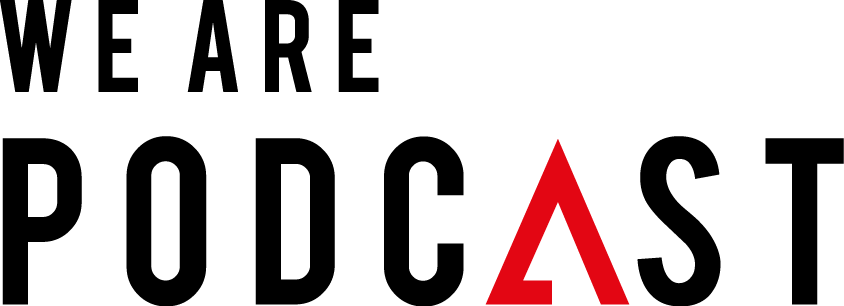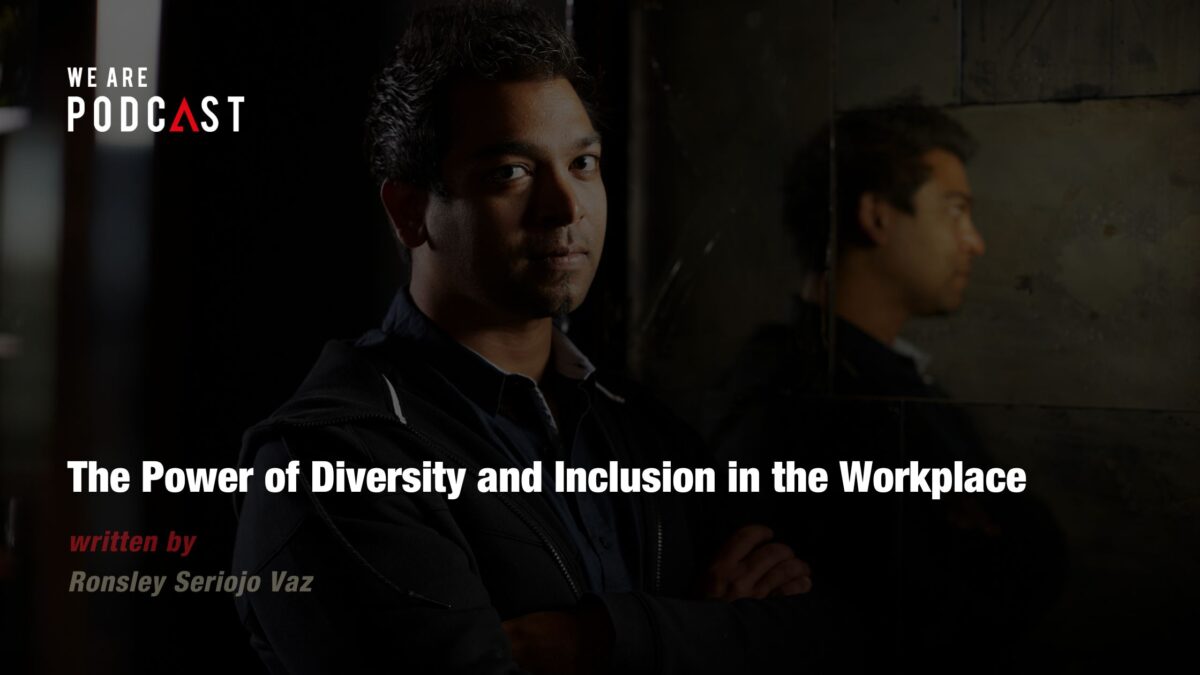Imagine a company struggling to stay competitive in a rapidly evolving market. The company’s leadership team consists of individuals from similar backgrounds and experiences, resulting in a lack of diverse perspectives. As a result, they struggle to understand the changing needs and preferences of their diverse customer base. Meanwhile, a competitor embraces diversity and inclusion, actively seeking out individuals from different backgrounds and experiences. This competitor thrives by leveraging the power of diverse perspectives, fostering innovation, and adapting to the evolving market demands. This scenario highlights the importance of diversity and inclusion in the workplace and its impact on a company’s success.
The power of diversity and inclusion in the workplace is a topic of great significance. They are crucial in driving innovation, fostering growth, and achieving success. The business case for diversity is strong, particularly regarding having women in leadership positions. Creating inclusive workplaces and addressing challenges and biases are essential strategies to embrace. By recognizing the importance of diversity and inclusion and implementing inclusive practices, organizations can tap into the full potential of their diverse workforce and bring about positive change.
The Business Case for Diversity
To understand the importance of diversity in the workplace, it is crucial to recognize the business case behind it. Numerous studies have shown that diverse teams outperform homogenous ones in terms of creativity, problem-solving, and decision-making. Companies that embrace diversity are better equipped to adapt to changing market dynamics and customer preferences. Organizations can foster innovation and gain a competitive edge by bringing together individuals with different backgrounds, experiences, and perspectives.
For example, a study by McKinsey & Company found that companies with diverse executive teams outperformed their industry peers in terms of profitability. This demonstrates that embracing diversity is the right thing to do and a smart business move. By tapping into their employees’ diverse talents and perspectives, companies can unlock new insights, ideas, and opportunities.
Moreover, diverse teams are more adept at understanding and serving diverse customer bases. In an increasingly globalized world, companies that fail to embrace diversity risk alienating their customers and missing out on valuable market opportunities. By having a diverse workforce that reflects the diversity of their customer base, organizations can better understand their customers’ needs, preferences, and cultural nuances, leading to more effective marketing strategies and customer engagement.
The Value of Female Representation
A key aspect of diversity in the workplace is the representation of women in leadership positions. Historically, women have been underrepresented in leadership roles, but the tide is slowly turning. Research has consistently shown that companies with higher levels of gender diversity in leadership positions outperform those with less diversity. The unique perspectives, skills, and approaches that women bring to the table can drive innovation and enhance decision-making processes.
For instance, studies have shown that companies with diverse boards are more likely to make better financial decisions and achieve higher financial performance. This is because women tend to bring different experiences, communication styles, and problem-solving approaches to the decision-making process. By including women in leadership positions, organizations are more likely to consider a broader range of perspectives and make more informed, well-rounded decisions.
Additionally, female representation in leadership positions can serve as a source of inspiration and motivation for younger generations. Seeing successful women in leadership can help break down gender stereotypes and encourage more women to pursue leadership positions. This can lead to a more diverse talent pipeline, ultimately benefiting organizations by attracting a wider pool of talented individuals.
Creating Inclusive Workplaces
Embracing diversity and fostering inclusion requires more than just hiring individuals from different backgrounds. It involves creating an inclusive work environment where all employees feel valued, respected, and empowered to contribute their unique perspectives. Organizations can adopt several strategies to create inclusive workplaces and leverage the full potential of their diverse workforce.
First, organizations need to prioritize diversity and inclusion in their hiring practices. This involves:
- Actively seeking out candidates from diverse backgrounds.
- Implementing blind hiring techniques to reduce bias.
- Creating a culture that values diversity.
By building diverse teams, organizations can lay the foundation for an inclusive work environment.
Second, organizations should invest in diversity training programs to raise awareness about unconscious bias and promote inclusive behaviours. Organizations can create a more inclusive and supportive culture by providing employees with the tools and knowledge to recognize and address bias.
Third, organizations can establish employee resource groups (ERGs) or affinity groups to provide underrepresented employees a sense of belonging and support. These groups can serve as a platform for networking, mentorship, and professional development, further enhancing diversity and inclusion within the organization.
Lastly, organizations should ensure that diversity and inclusion efforts are supported by leadership and integrated into the company’s overall strategy. When leaders actively champion diversity and inclusion, it sends a powerful message to the entire organization and reinforces the importance of these values.
Overcoming Challenges and Bias
Despite the clear benefits of diversity and inclusion, organizations may encounter challenges and biases that impede progress. Addressing these challenges requires a proactive approach and a commitment to change.
One common challenge is the existence of unconscious biases, which can subtly influence decision-making processes, hiring practices, and performance evaluations. Organizations need to implement strategies such as blind recruitment and structured interviews to mitigate the impact of biases and ensure fair evaluation of candidates.
Another challenge is the lack of representation and opportunities for underrepresented groups, including racial and ethnic minorities, LGBTQ+ individuals, and people with disabilities. Organizations need to actively work towards creating an inclusive environment where all employees have equal access to opportunities for growth and advancement. This can include implementing diversity targets, providing mentorship and sponsorship programs, and creating a culture of inclusion and belonging.
Moreover, organizations should foster a culture of psychological safety where employees feel comfortable speaking up, sharing their ideas, and challenging the status quo. This requires creating an environment where diverse perspectives are valued, and dissent is encouraged, allowing for more robust discussions and better decision-making.
By actively addressing these challenges and biases, organizations can create a more inclusive and equitable workplace that harnesses the full potential of their diverse talent pool.
Building a Diverse and Inclusive Culture
Building a diverse and inclusive culture is an ongoing journey that requires commitment, continuous learning, and adaptability. Organizations should prioritize diversity and inclusion as core values and embed them into all operations.
Leadership plays a crucial role in driving this cultural shift. Leaders should lead by example, setting the tone for inclusivity and actively promoting diversity and inclusion initiatives. They should also ensure that diversity and inclusion efforts are integrated into the company’s policies, processes, and decision-making frameworks.
Additionally, organizations should provide ongoing diversity and inclusion training for employees at all levels. This training should focus on raising awareness, promoting empathy, and equipping employees with the skills to foster inclusion and challenge biases.
Employee feedback and engagement should be actively sought and valued, allowing employees to voice their concerns, suggestions, and ideas for improvement. Regular diversity and inclusion surveys can provide valuable insights and help track progress over time.
Building a diverse and inclusive culture requires a collective effort. Organizations should encourage collaboration, teamwork, and the celebration of diverse perspectives. By embracing diversity and fostering inclusion, organizations can unlock the full potential of their workforce, drive innovation, and create a workplace where every individual feels valued and empowered.
In conclusion, the power of diversity and inclusion in the workplace cannot be overstated. Embracing diversity and fostering inclusion enhances innovation, decision-making, and business performance and creates a more equitable and just society. By recognizing the business case for diversity, valuing female representation, creating inclusive workplaces, overcoming challenges and bias, and building a diverse and inclusive culture, organizations can tap into the full potential of their diverse workforce and thrive in today’s dynamic and competitive business landscape. Let us harness the power of diversity to create a better future for all.

